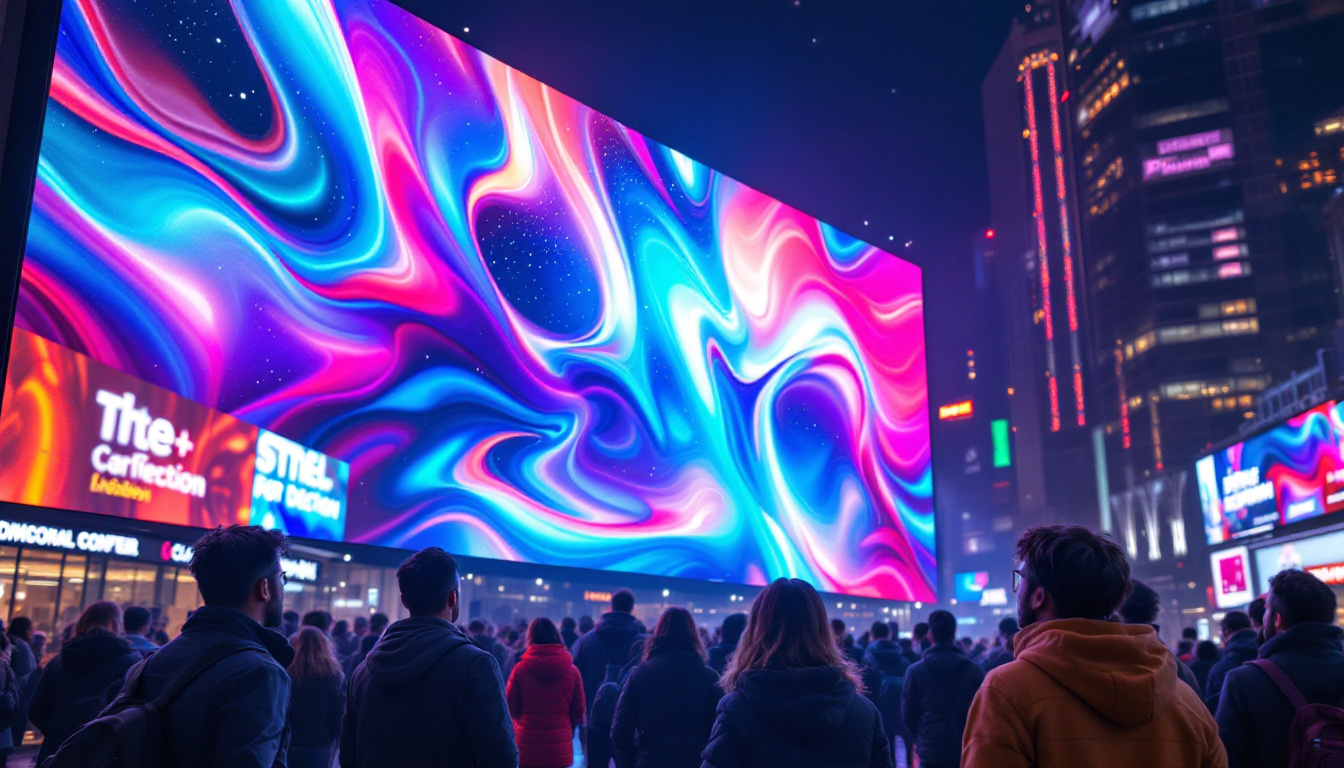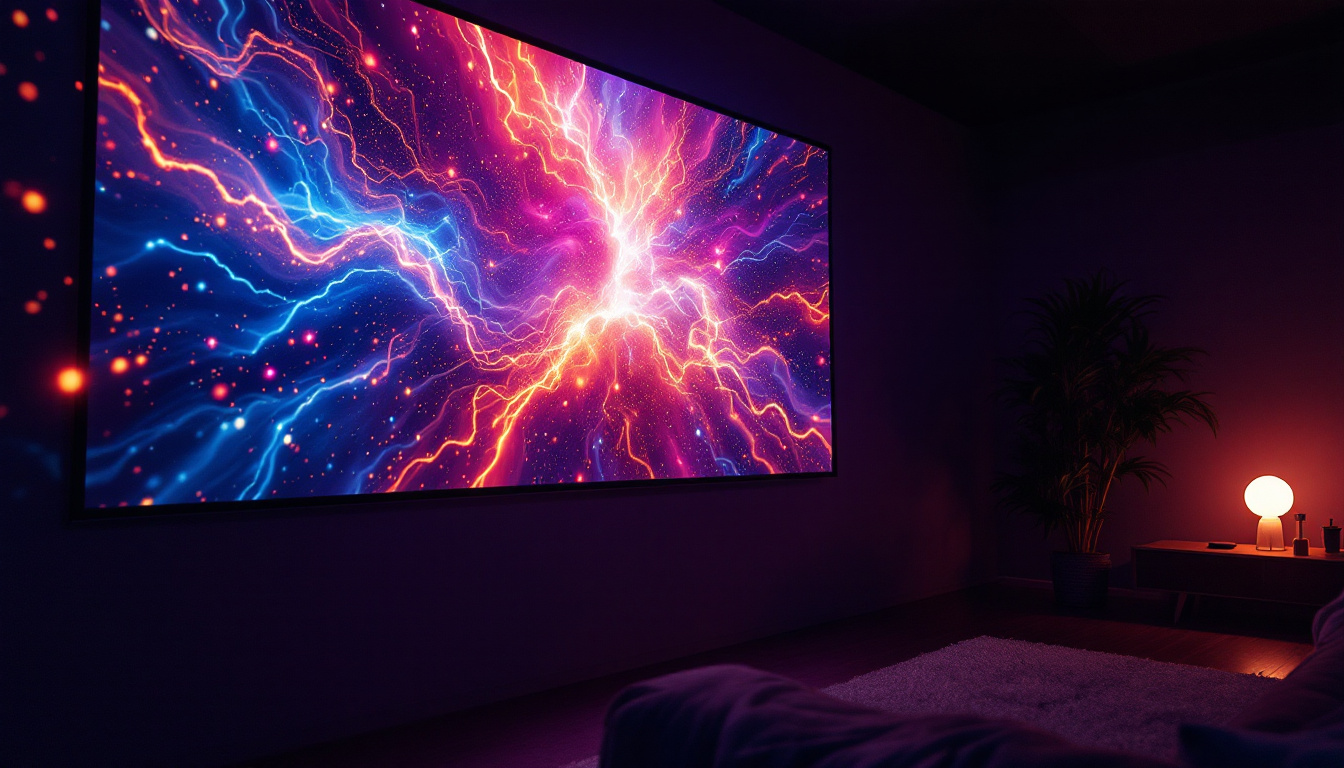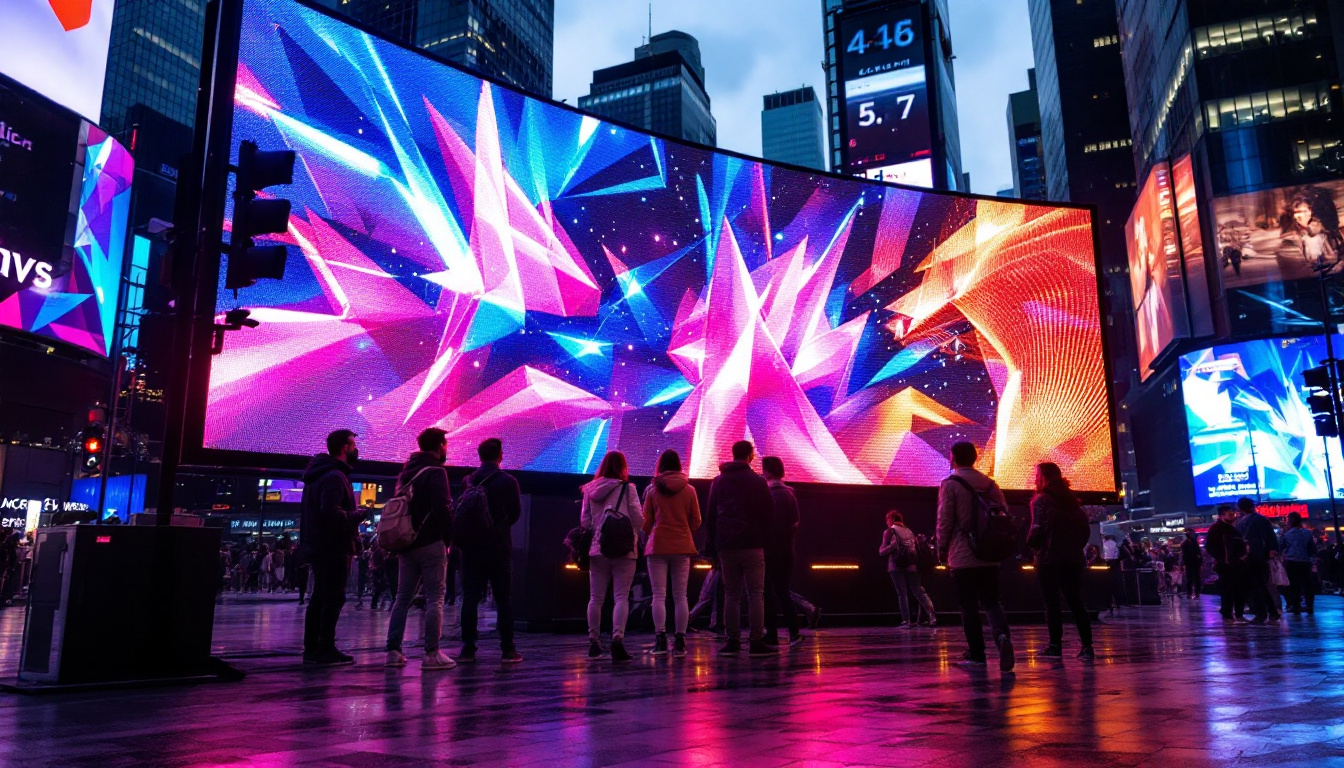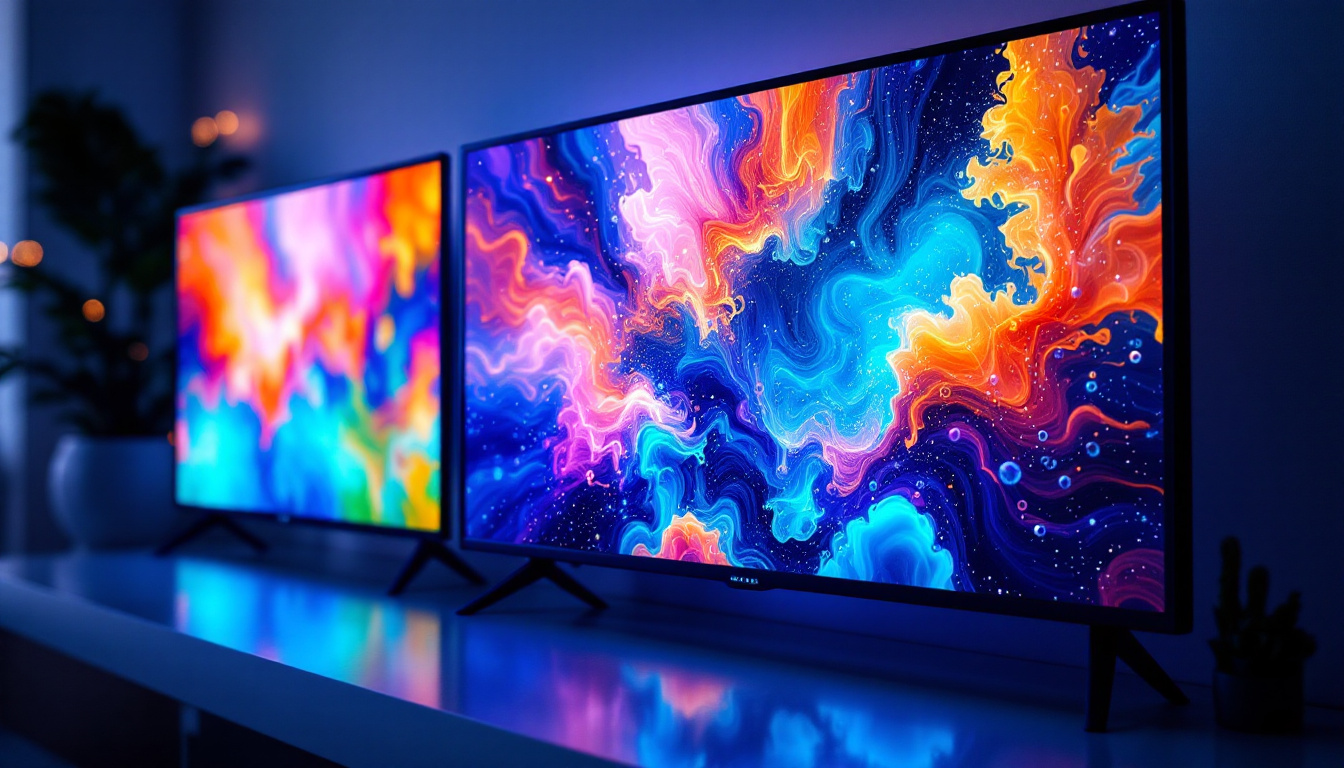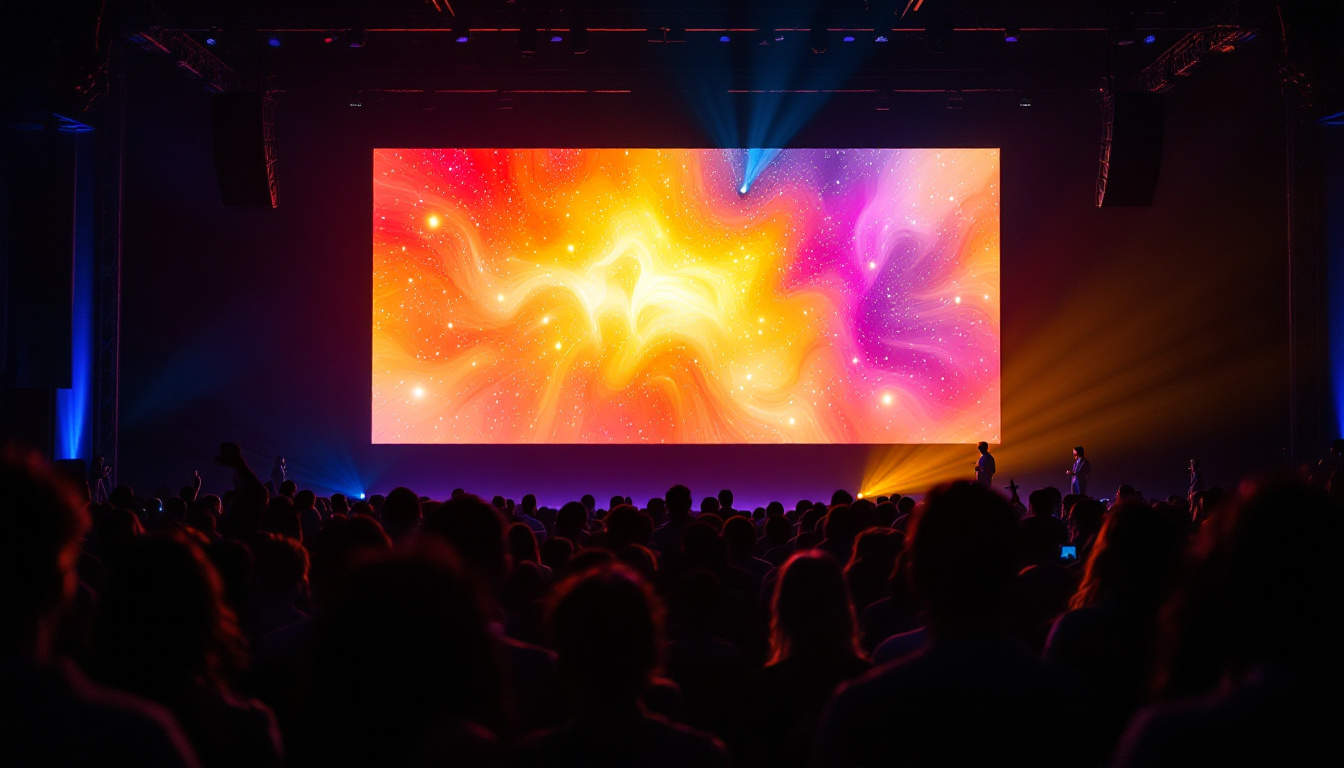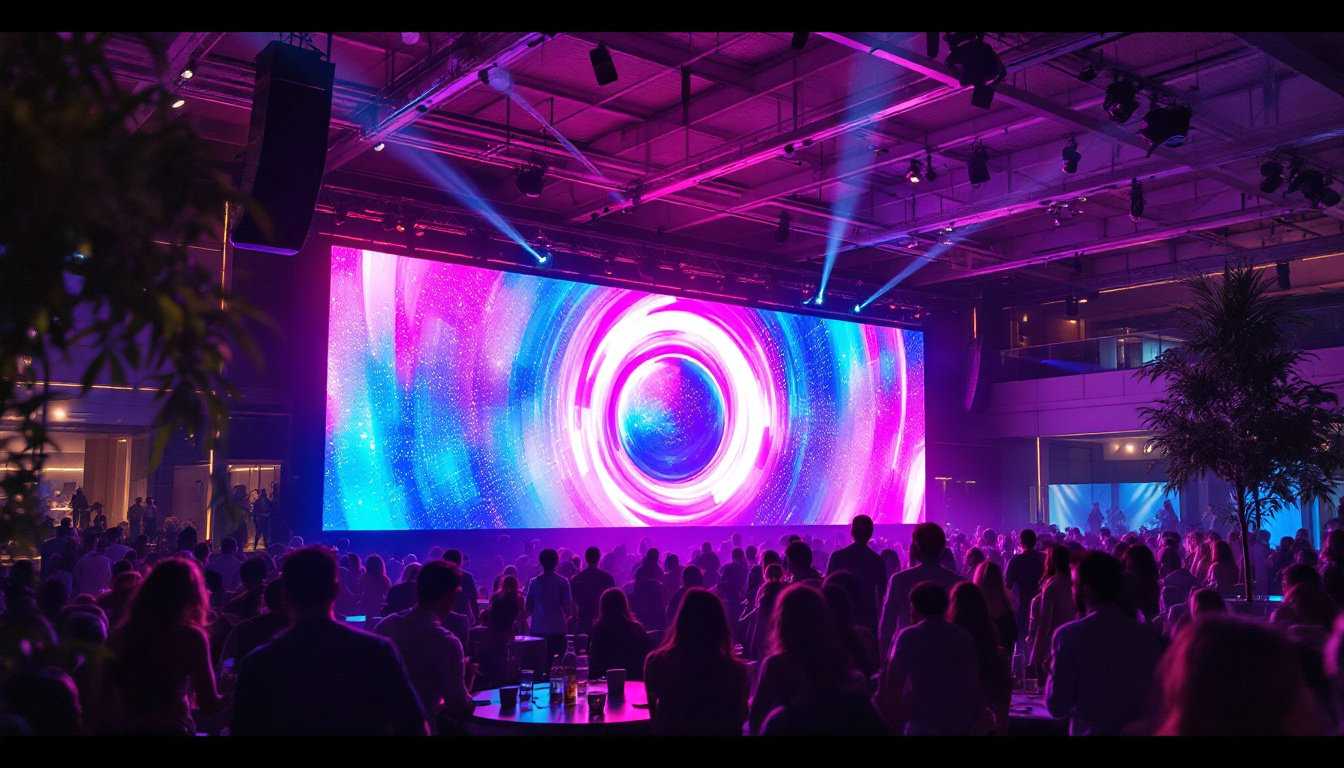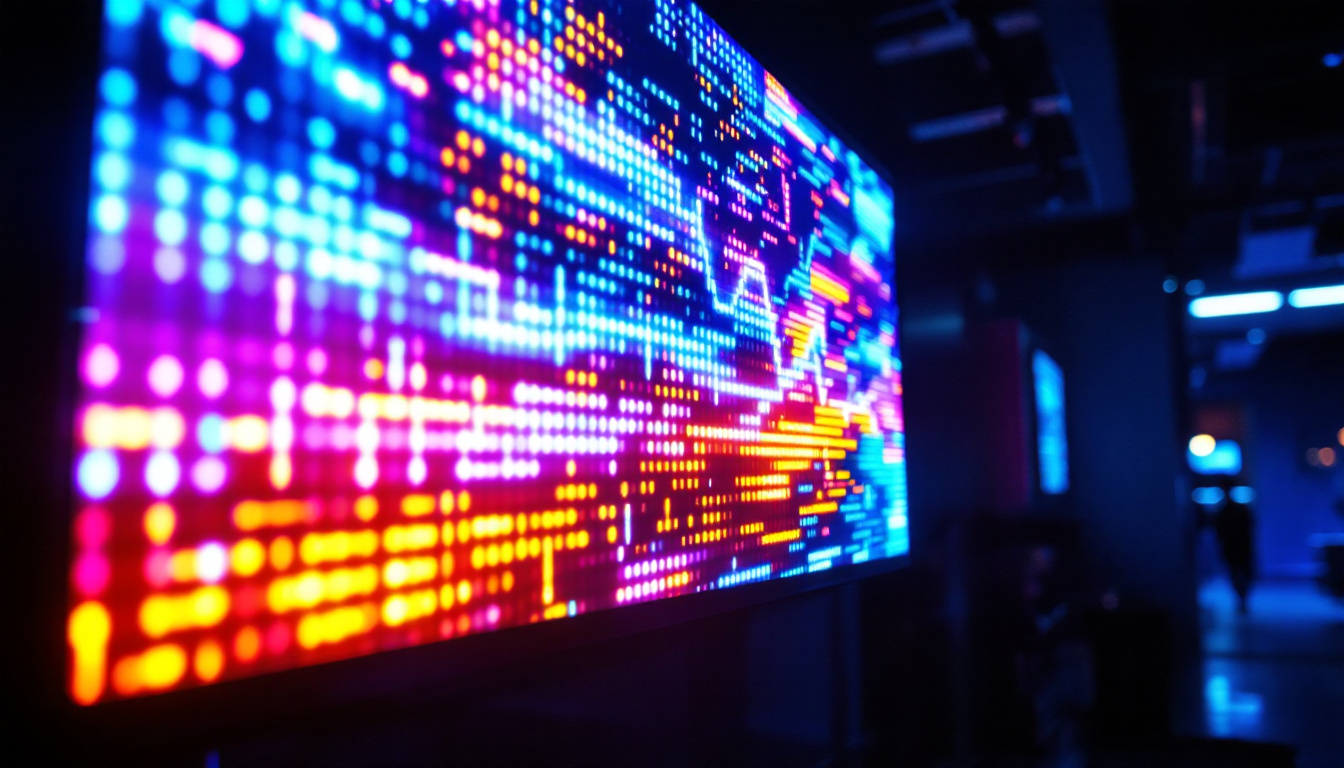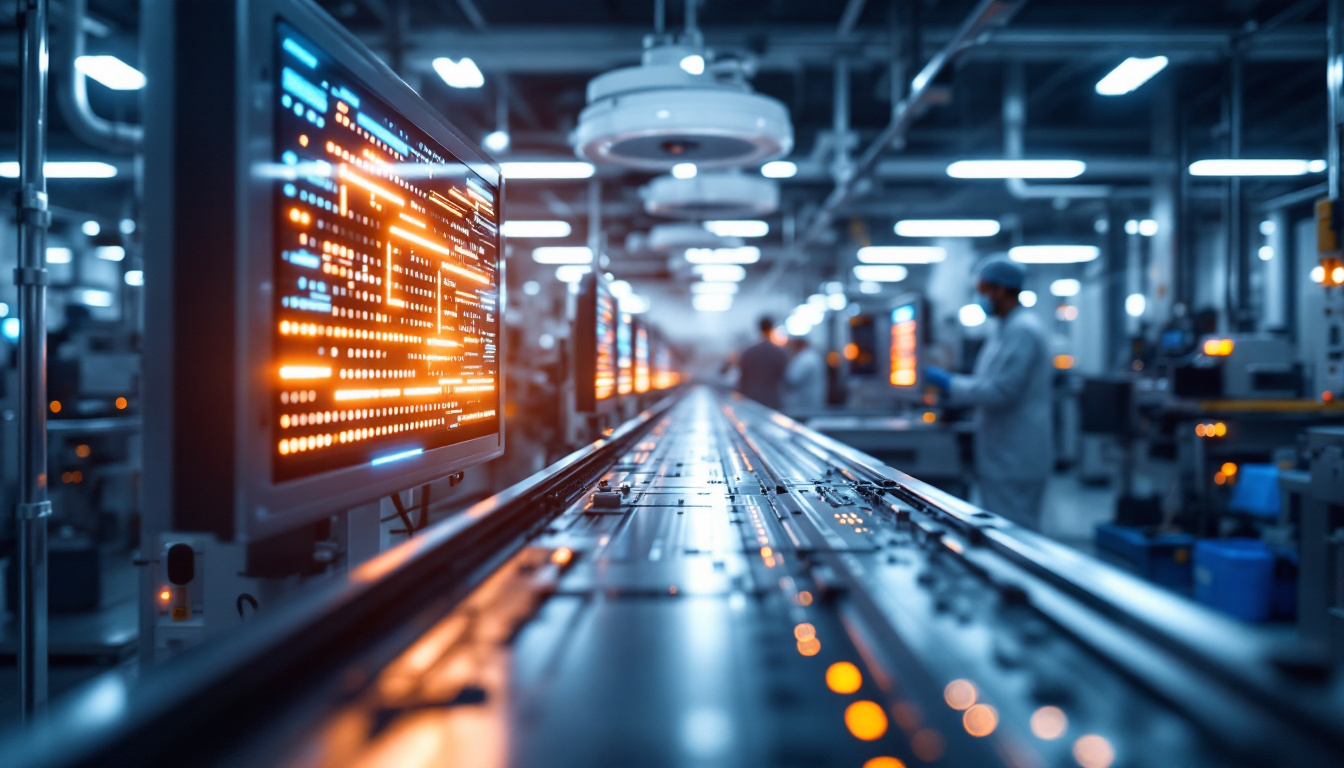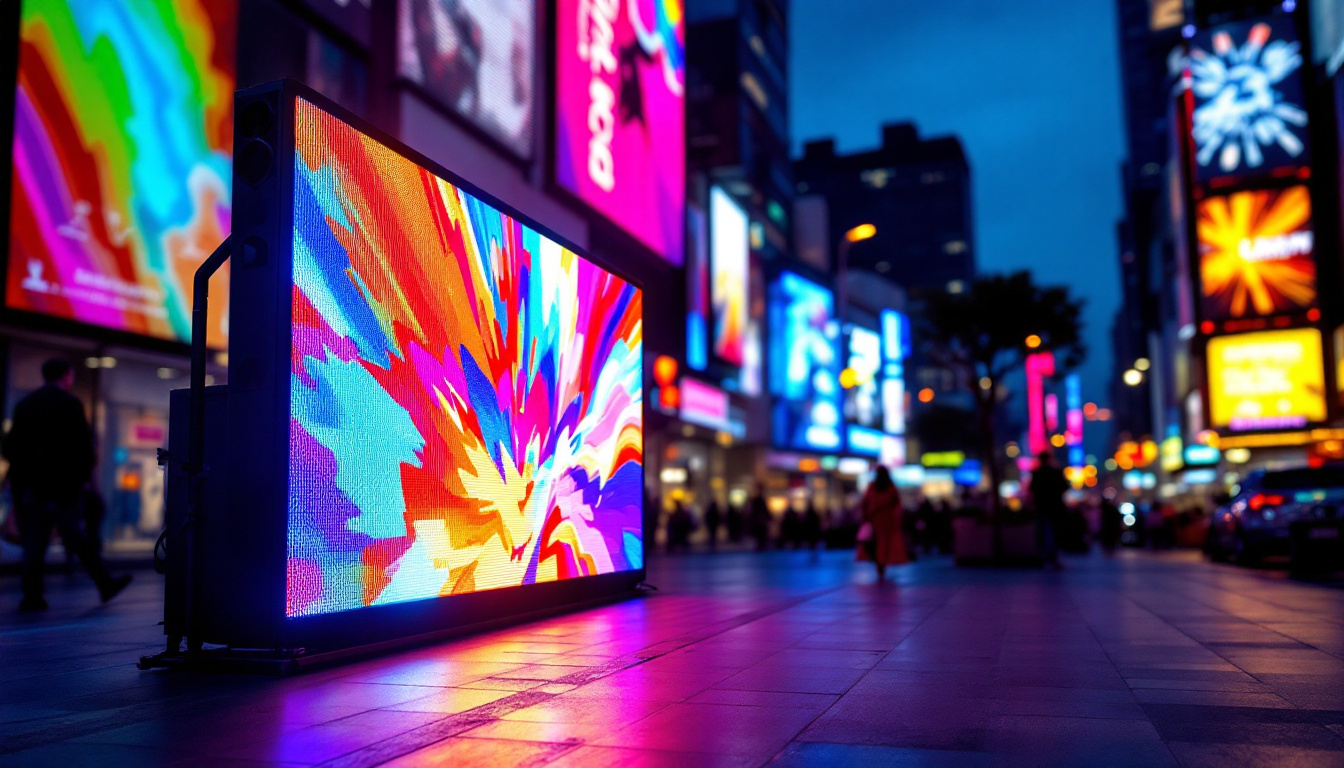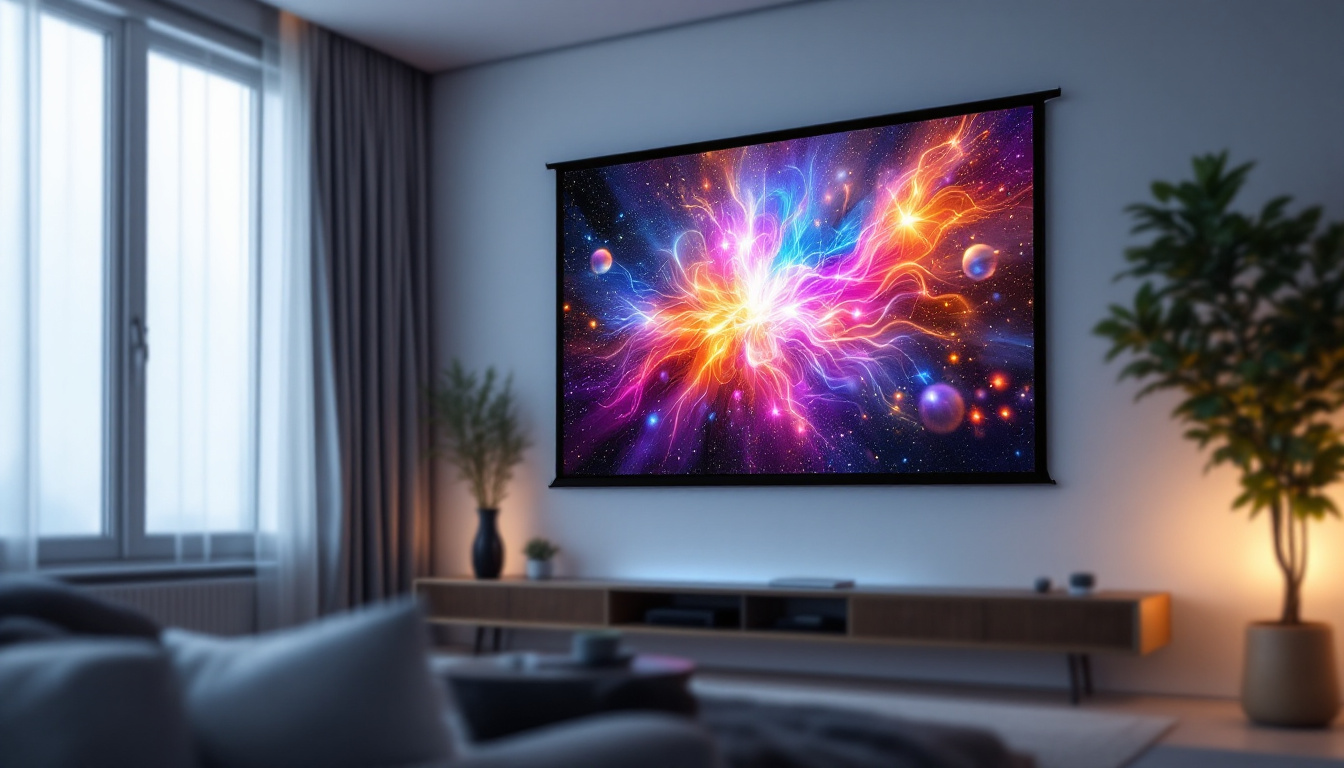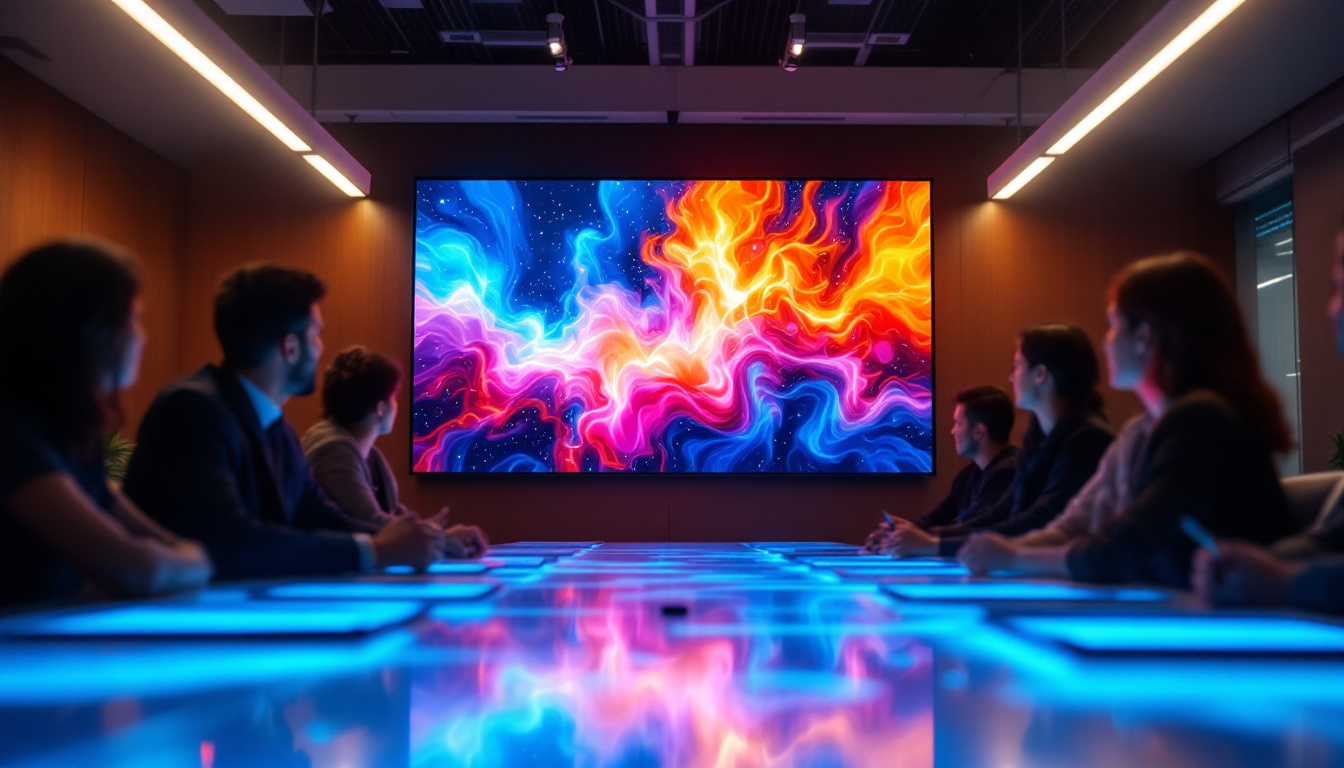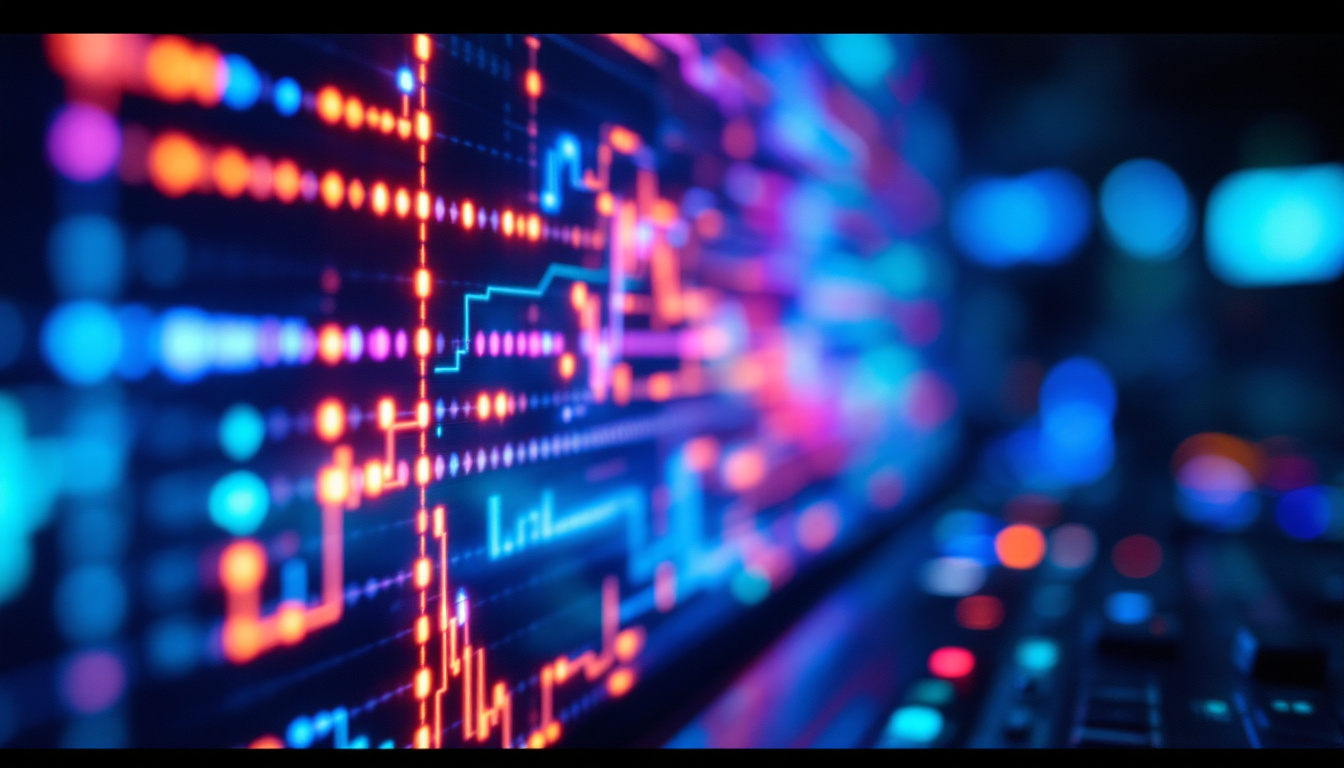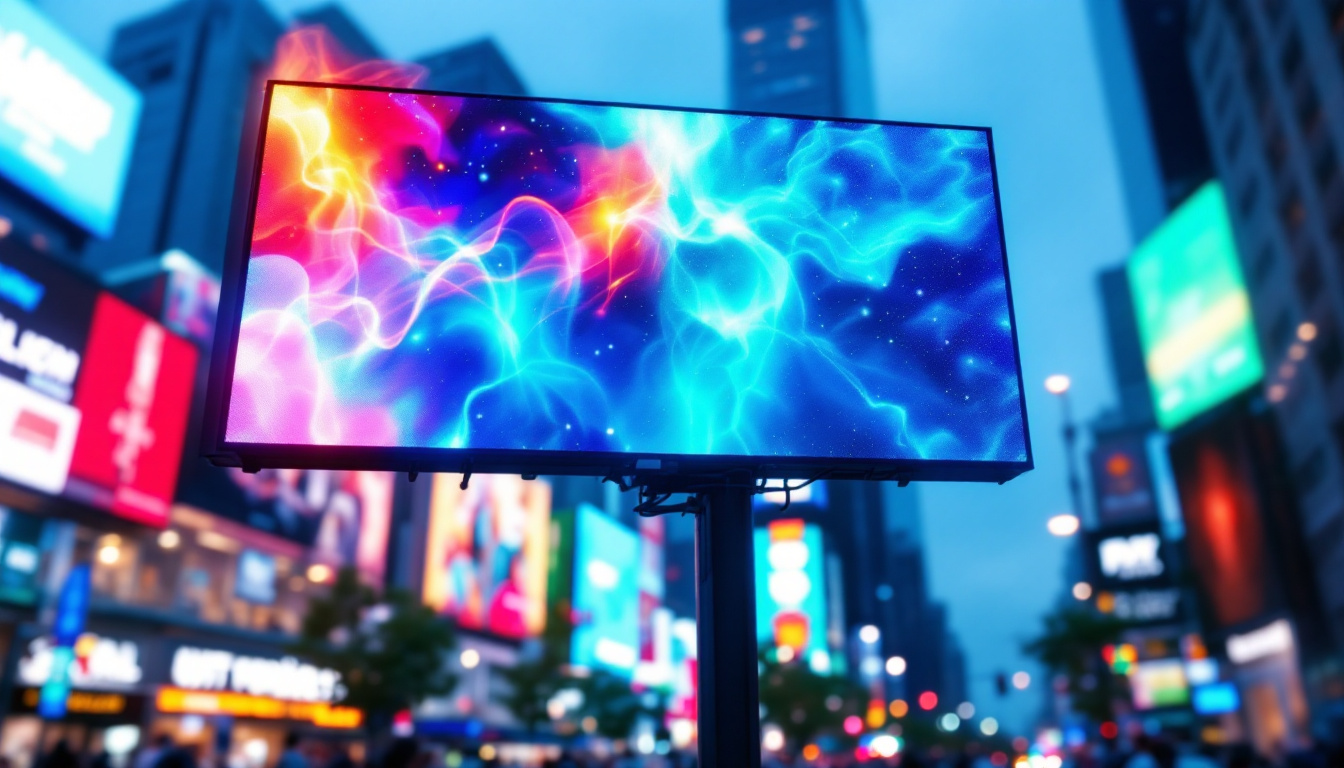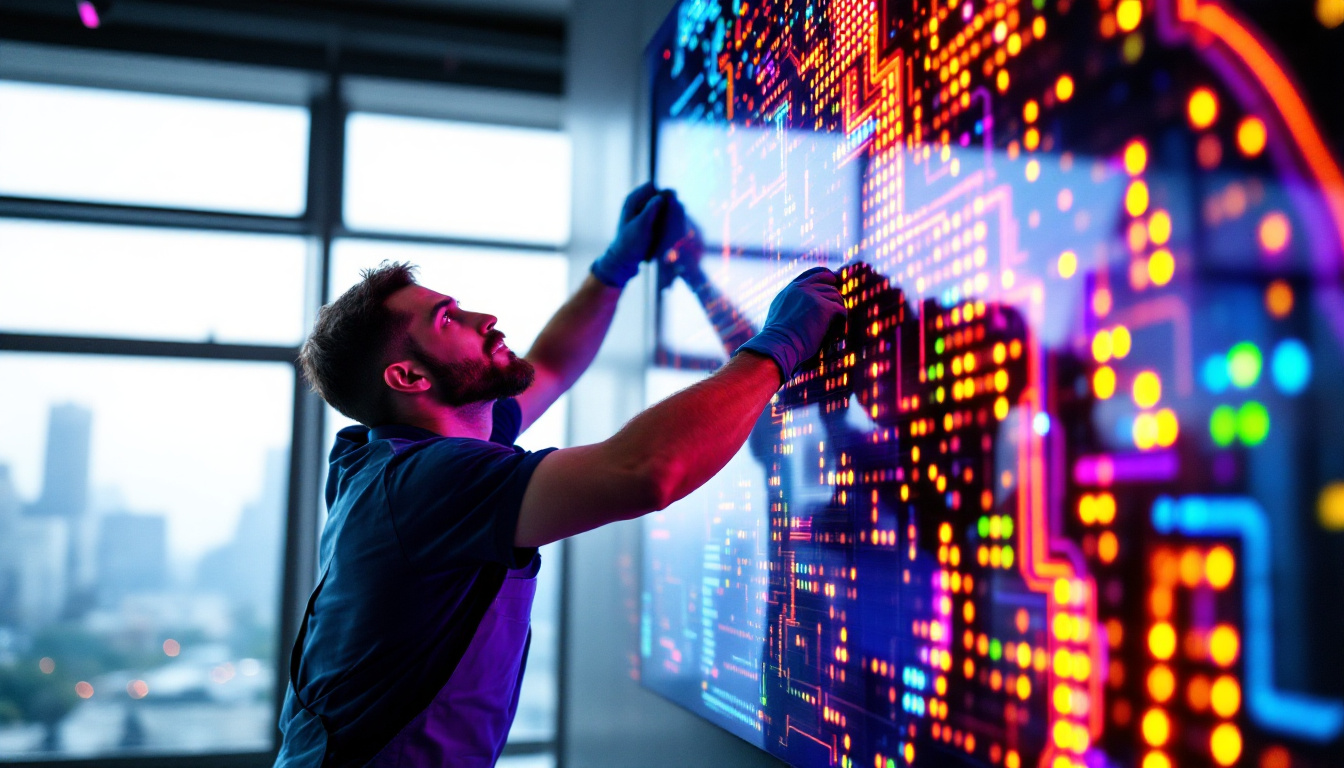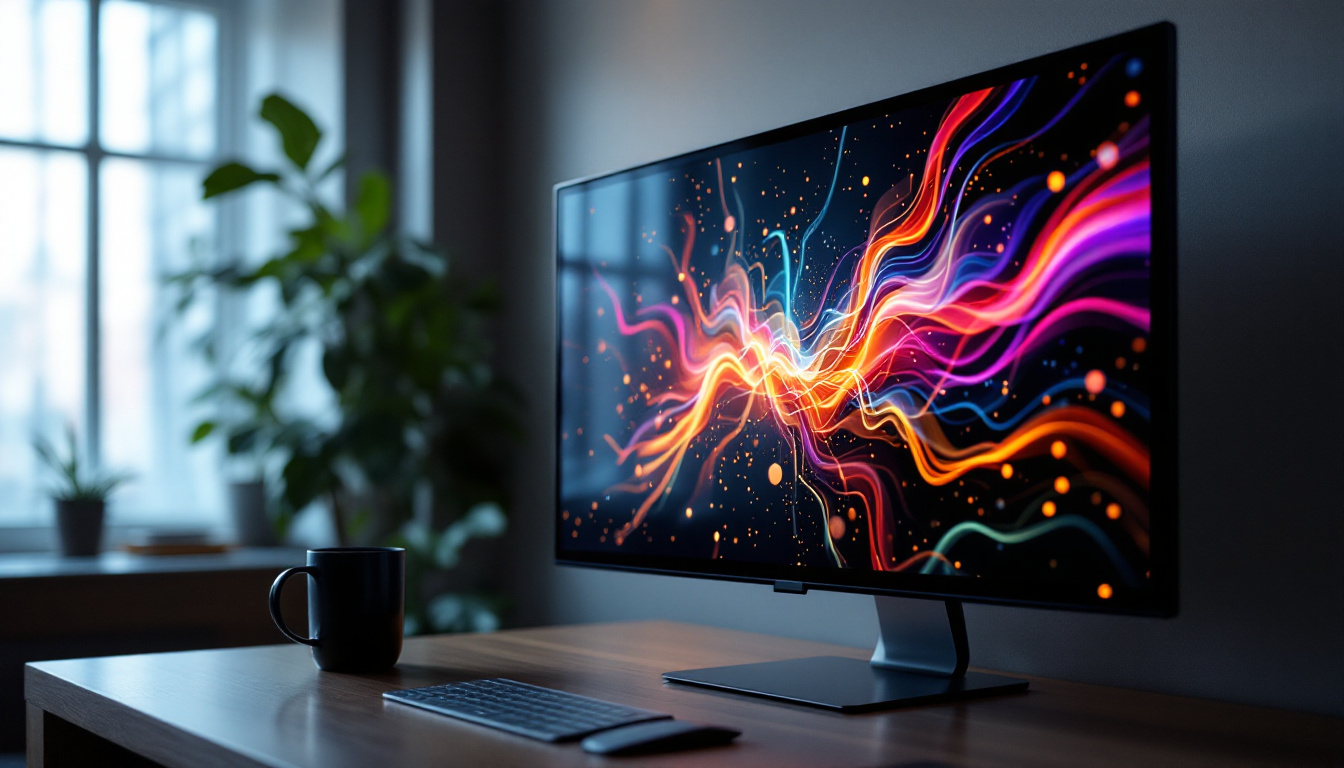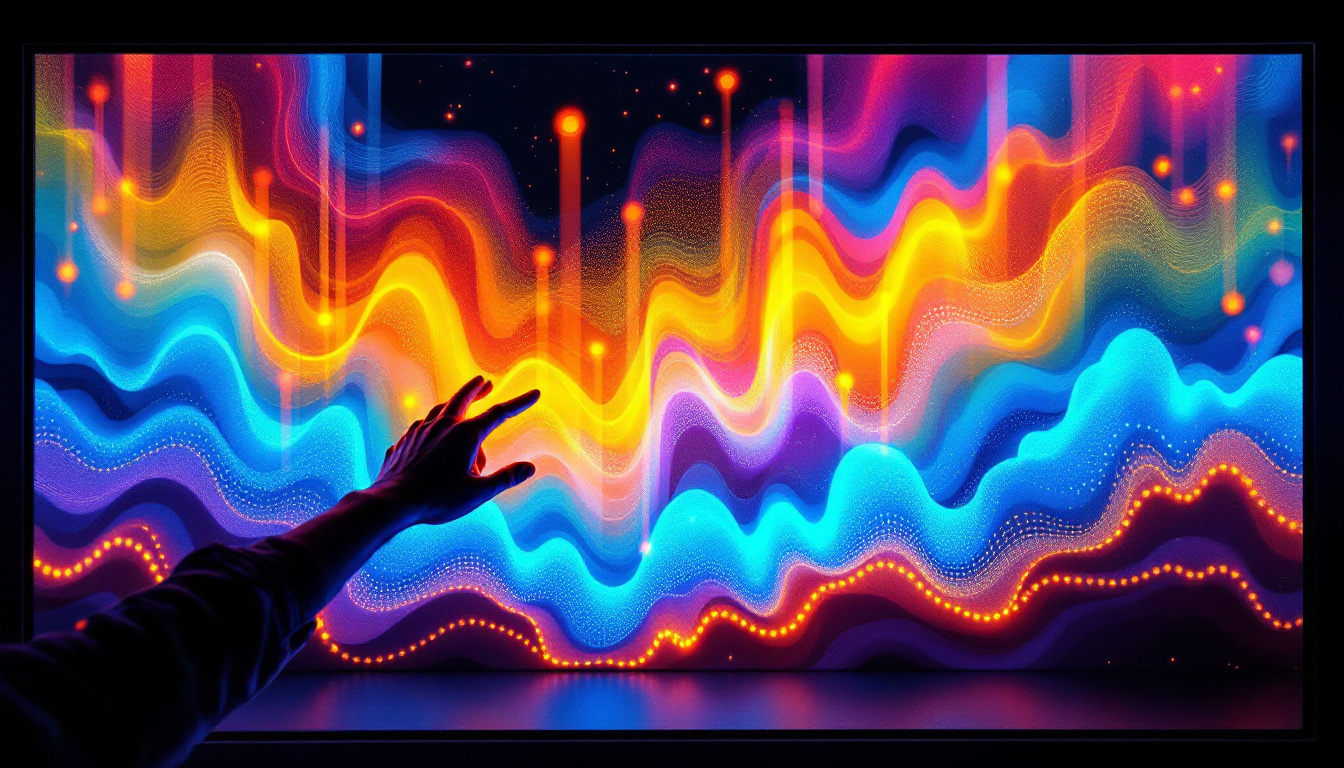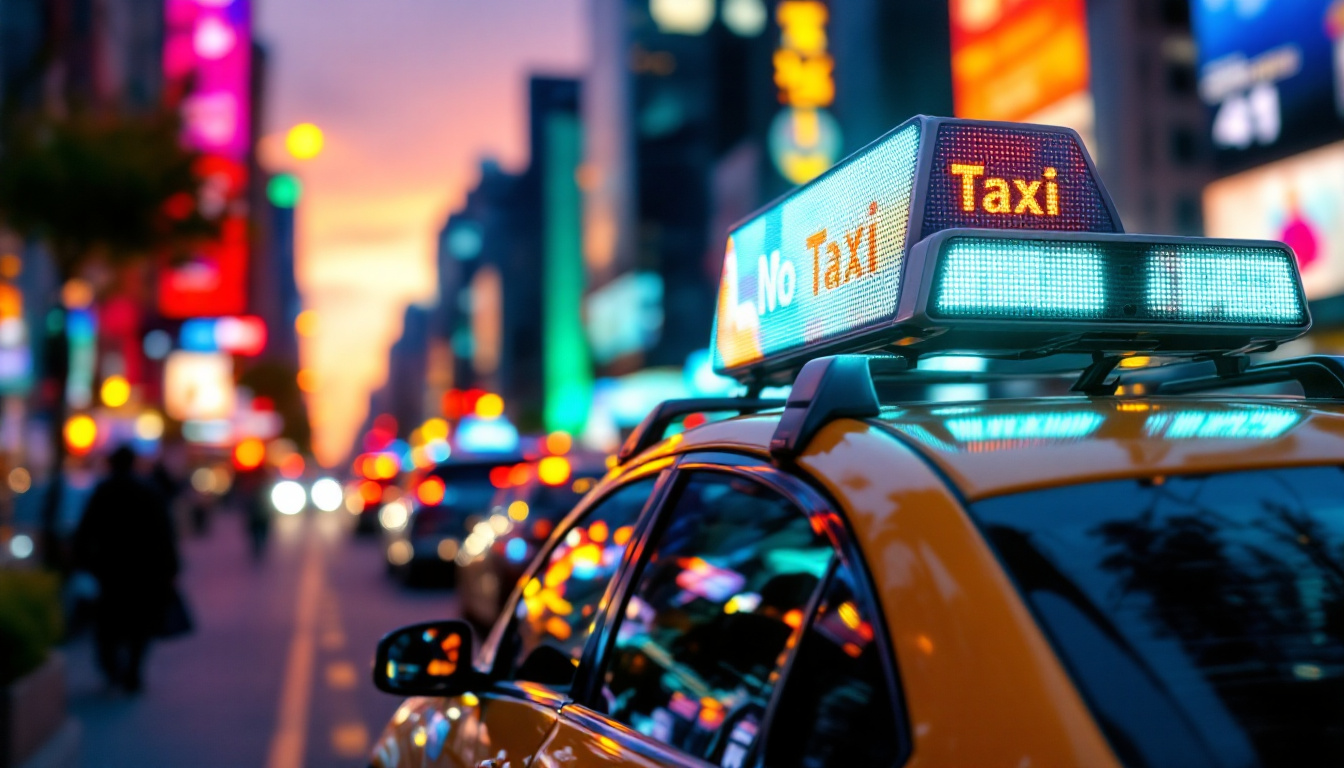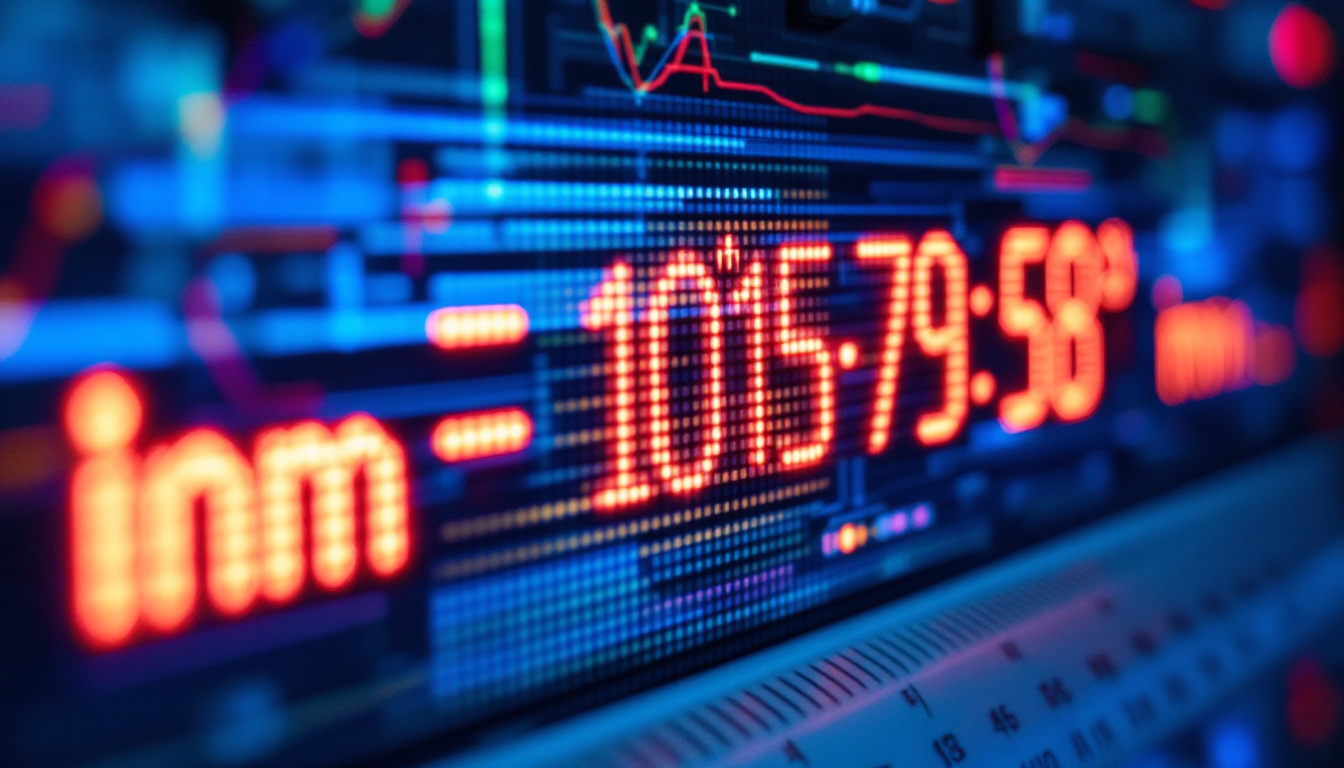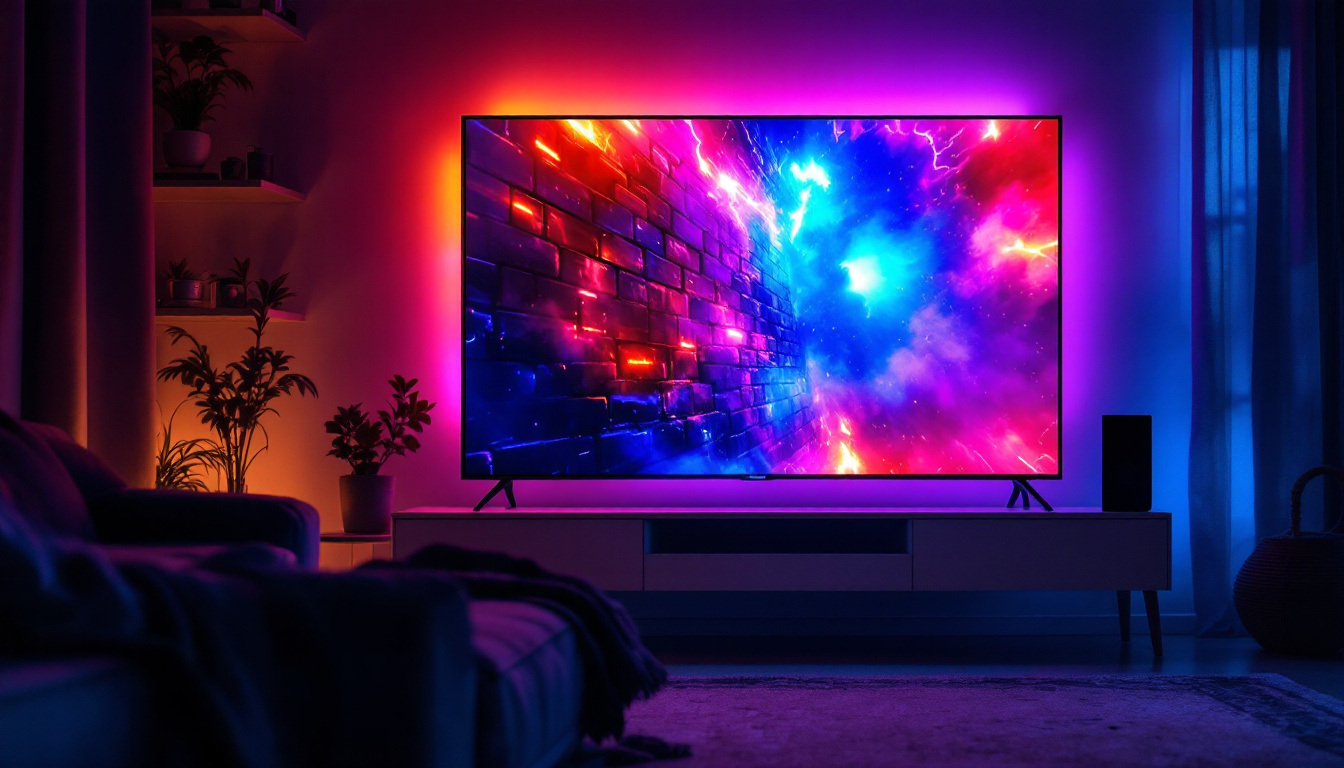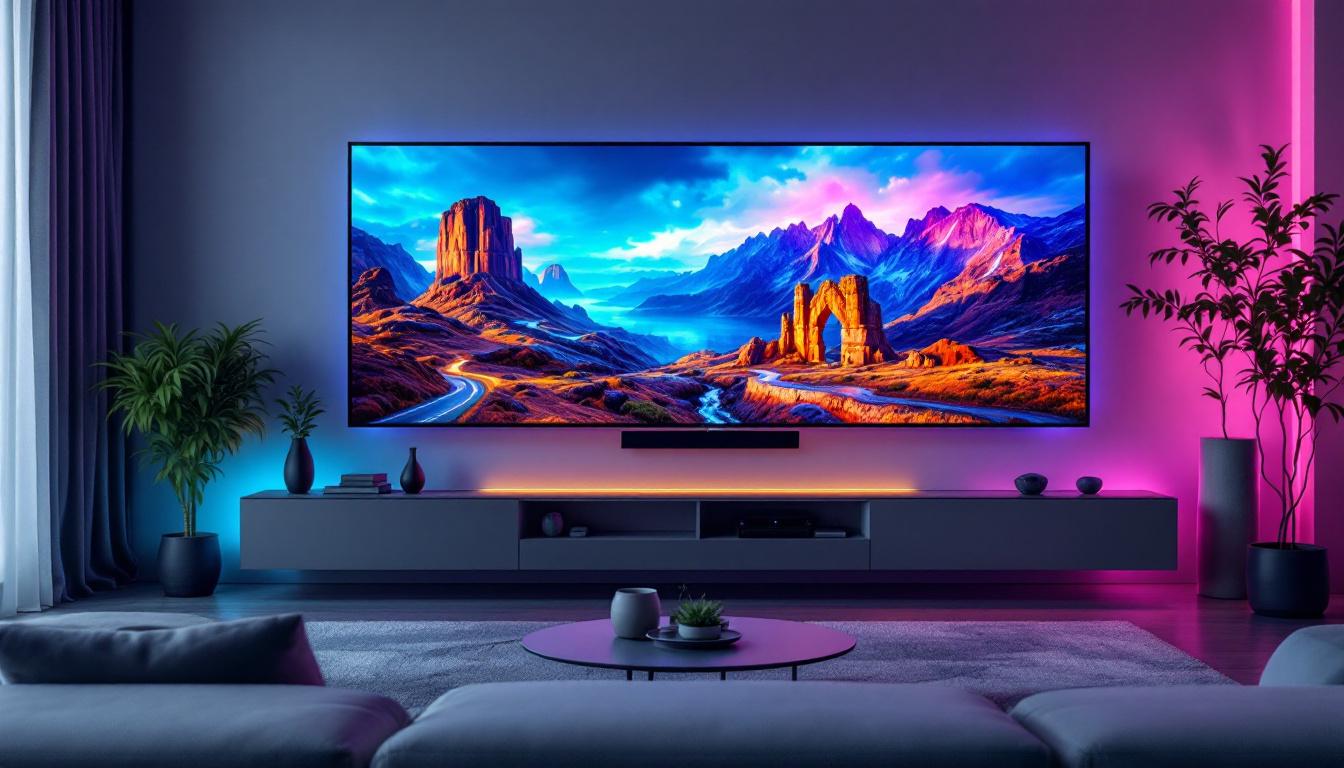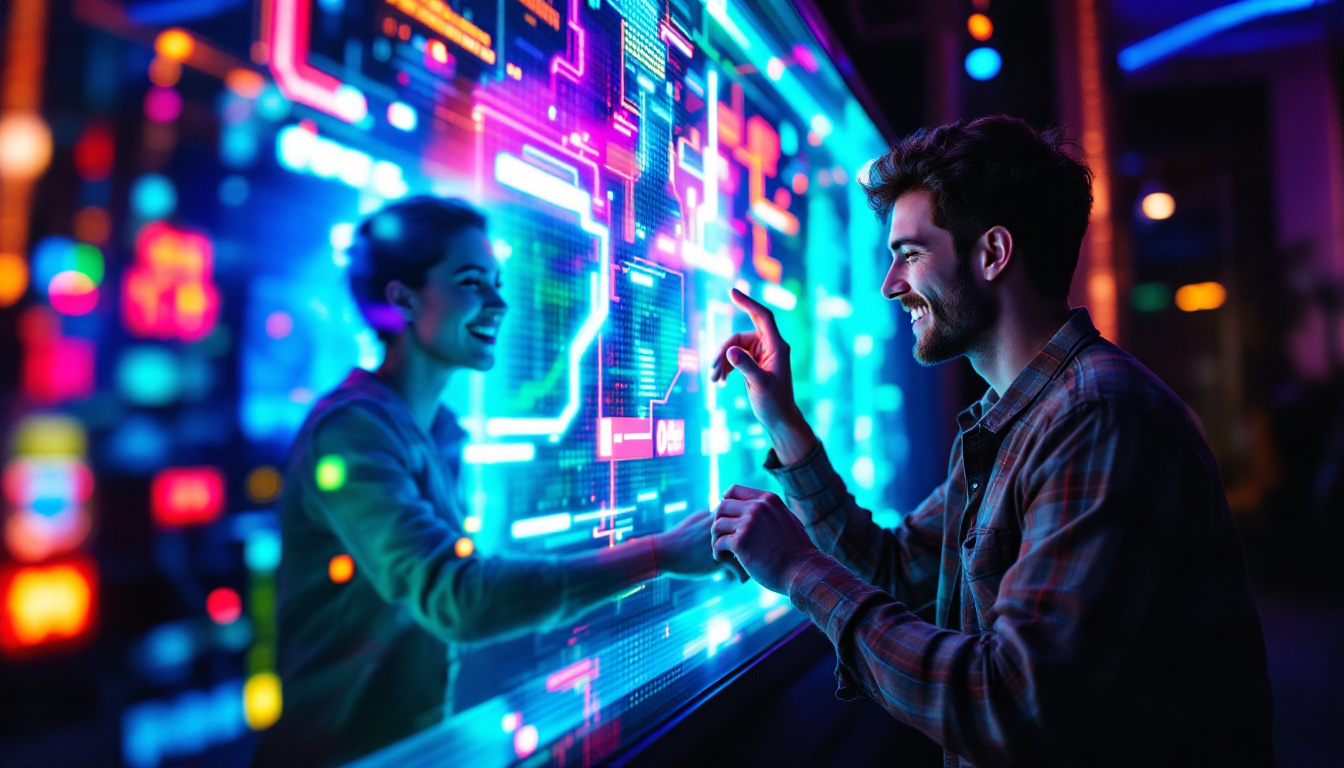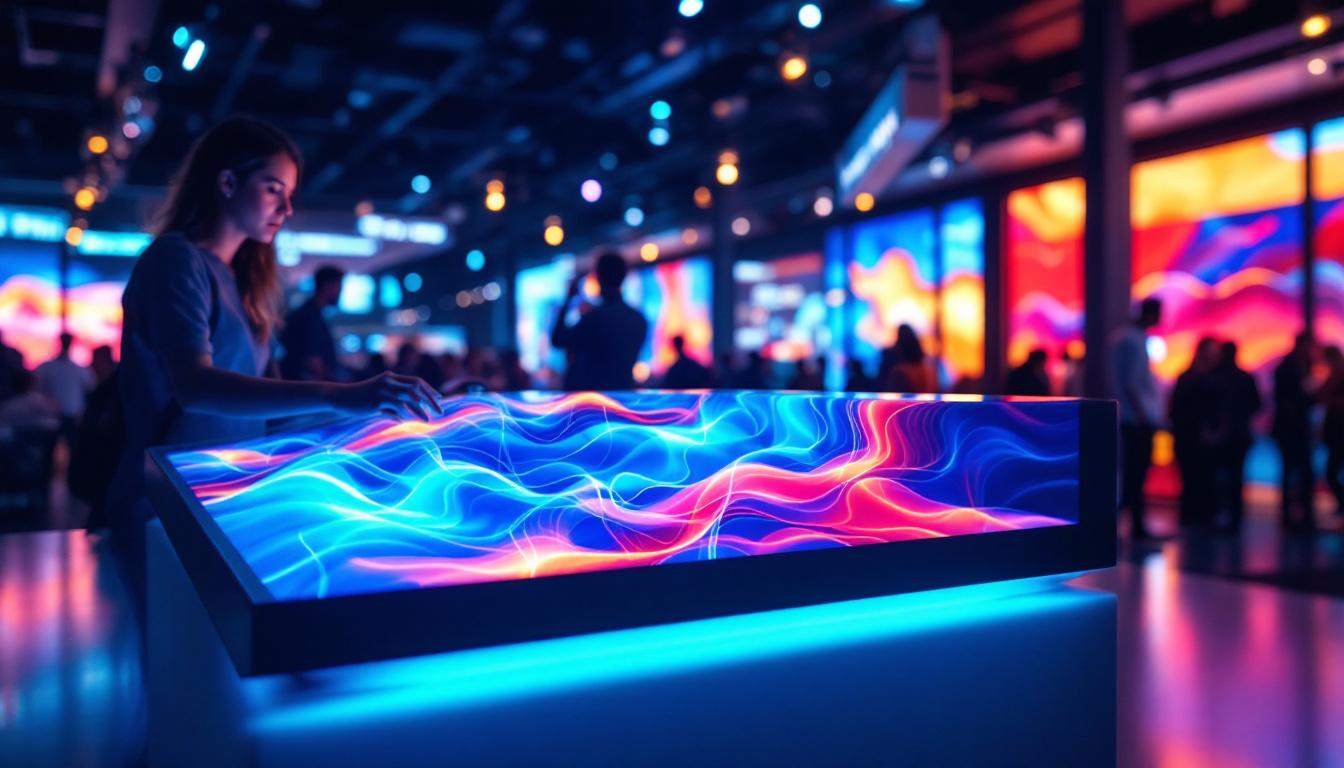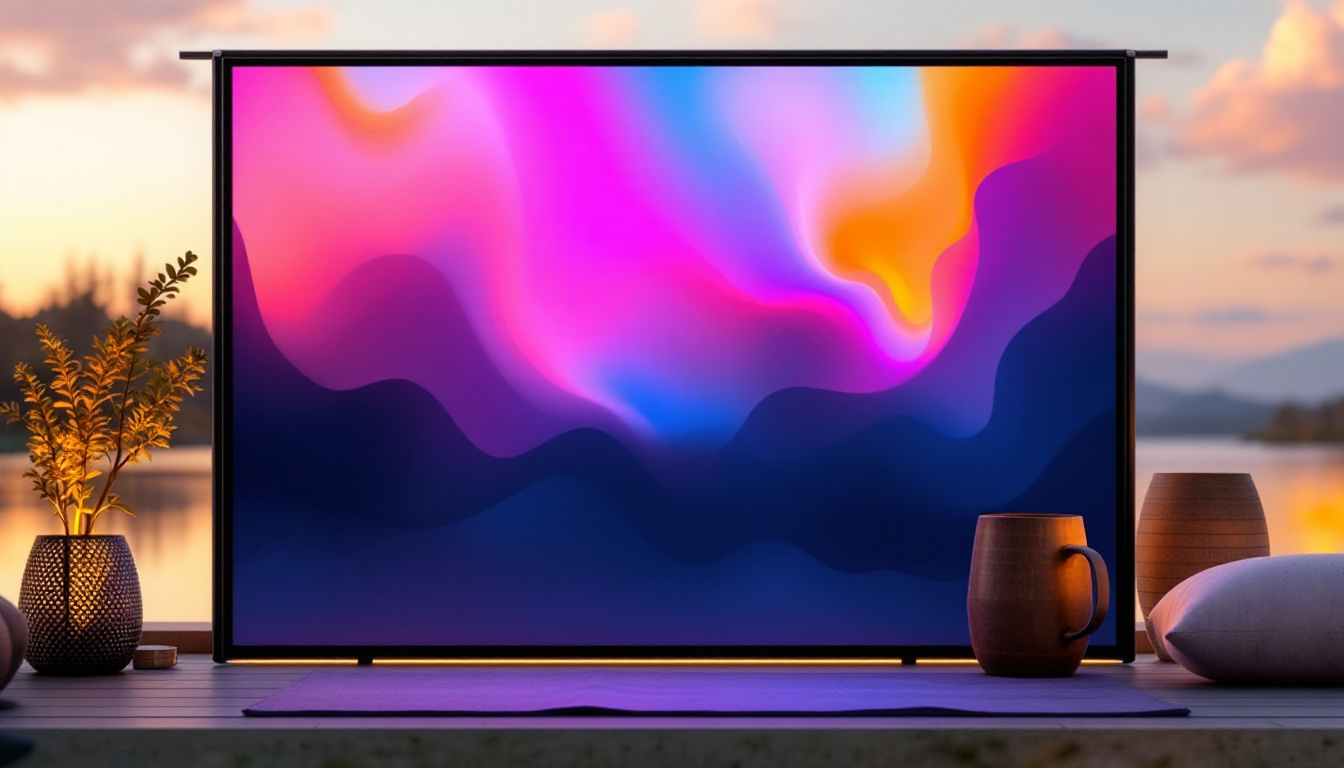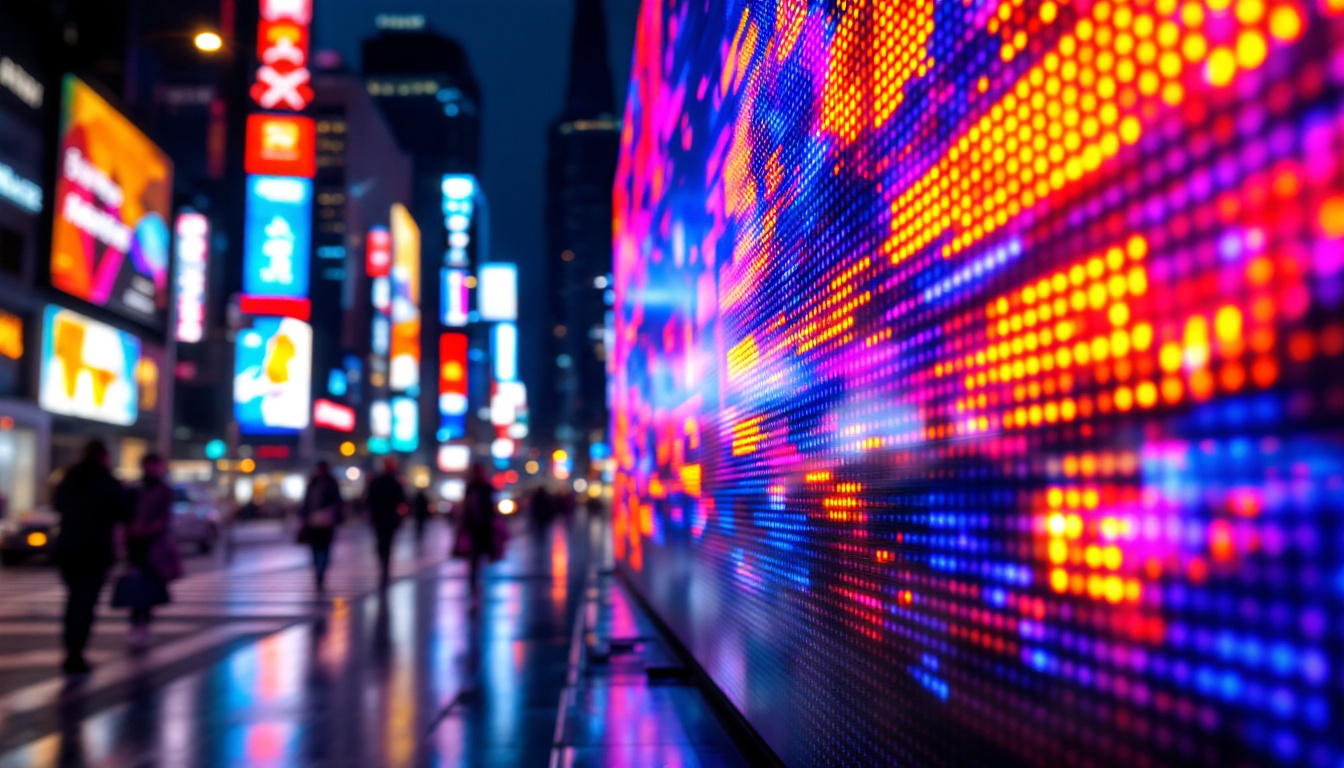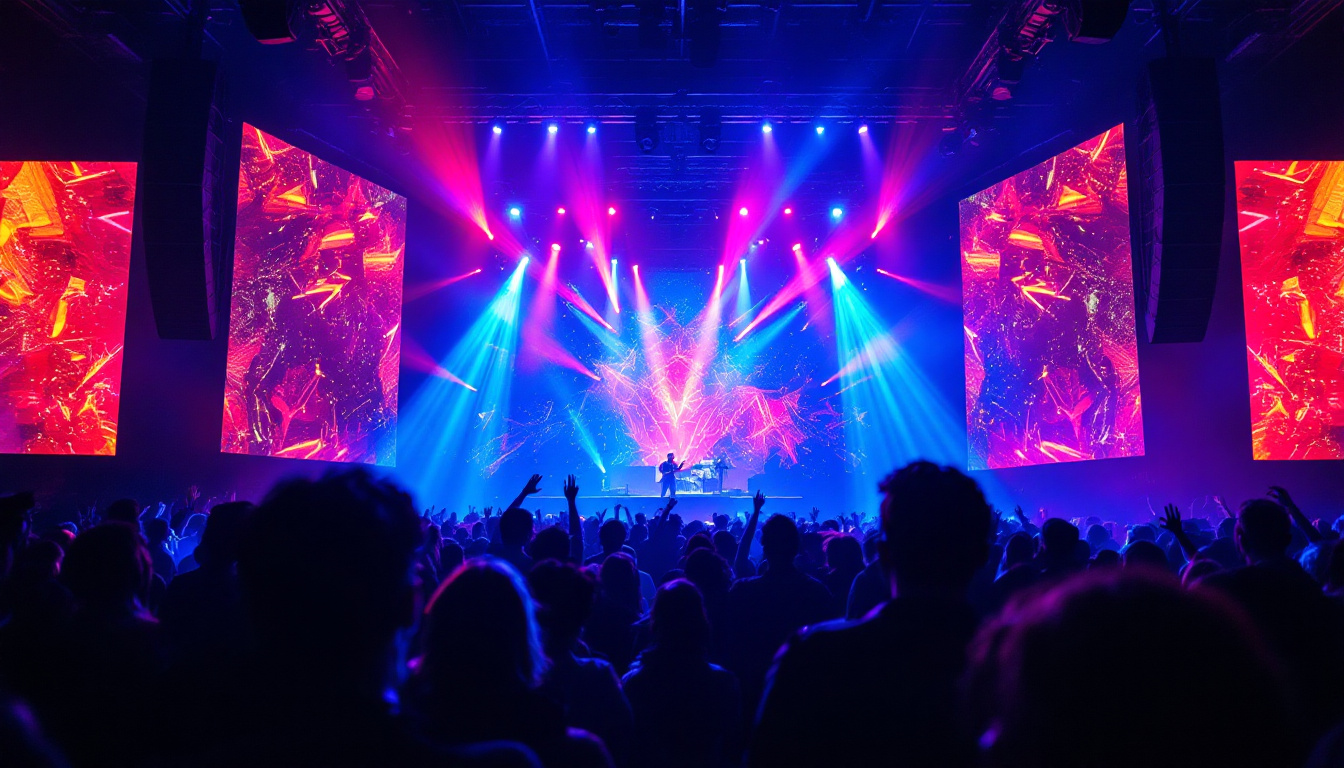In the rapidly evolving world of digital signage, LED displays have emerged as a pivotal technology, transforming the way information is communicated and experienced. From advertising to public announcements, LED displays offer vibrant visuals and dynamic content delivery. This article delves into the intricacies of LED displays, exploring their technology, applications, and advantages in the realm of video trade.
Understanding LED Technology
LED, or Light Emitting Diode, technology is at the heart of modern display systems. Unlike traditional display technologies, LEDs emit light directly, which contributes to their brightness and energy efficiency. This section will break down how LED technology works and its significance in video displays.
How LEDs Work
At its core, an LED is a semiconductor device that converts electricity into light. When an electric current passes through the diode, electrons recombine with holes in the semiconductor, releasing energy in the form of photons. This process is known as electroluminescence. The color of the emitted light depends on the materials used in the semiconductor, allowing for a wide range of colors to be produced.
In LED displays, multiple diodes are arranged in a grid, forming pixels that can be individually controlled. This capability enables the display to present high-resolution images and videos, making them ideal for various applications, from advertising billboards to indoor screens for events.
Types of LED Displays
LED displays come in several types, each suited for different environments and purposes. The most common types include:
- Direct View LED: These displays consist of individual LED modules that are directly visible to viewers. They are often used for large outdoor billboards and stadium screens.
- LED Video Walls: Made up of multiple smaller LED panels, video walls can create a large, seamless display. They are commonly used in control rooms, conference centers, and retail environments.
- OLED Displays: Organic LEDs (OLEDs) are a subset of LED technology that offers enhanced color accuracy and contrast. They are used in high-end televisions and mobile devices.
Applications of LED Displays
The versatility of LED displays has led to their adoption across various sectors. Their ability to deliver high-quality visuals in different settings makes them a preferred choice for many businesses and organizations.
Advertising and Marketing
One of the most prominent applications of LED displays is in advertising. Businesses utilize vibrant LED screens to capture the attention of potential customers. Digital billboards, for instance, can showcase dynamic content that changes in real-time, allowing for targeted advertising based on time of day or audience demographics.
Moreover, LED displays can be integrated with social media feeds, enabling brands to engage with their audience interactively. This real-time interaction not only enhances brand visibility but also fosters customer engagement, making advertising campaigns more effective.
Events and Entertainment
In the realm of events and entertainment, LED displays play a crucial role in enhancing the audience experience. Concerts, sports events, and theatrical performances often employ large LED screens to project visuals and live feeds, ensuring that every attendee has a clear view of the action.
Additionally, LED displays can be used to create immersive environments. For instance, festivals and exhibitions utilize LED technology to transform spaces with captivating visuals that draw in crowds and enhance the overall atmosphere.
Public Information and Wayfinding
LED displays are also instrumental in public information systems. Airports, train stations, and public transport hubs use LED screens to provide real-time updates on schedules, arrivals, and departures. This instant access to information improves the flow of people and enhances the overall travel experience.
Furthermore, wayfinding systems utilize LED displays to guide visitors in complex environments, such as shopping malls or large campuses. Clear and dynamic signage ensures that individuals can navigate easily, reducing confusion and improving accessibility.
Advantages of LED Displays
The adoption of LED displays offers numerous advantages that make them a superior choice over traditional display technologies. Understanding these benefits can help businesses and organizations make informed decisions regarding their display solutions.
Energy Efficiency
One of the most significant advantages of LED technology is its energy efficiency. LED displays consume significantly less power compared to traditional LCD or plasma displays. This reduced energy consumption not only lowers operational costs but also contributes to a smaller carbon footprint, aligning with sustainability goals.
Additionally, many modern LED displays come with advanced power management features that optimize energy usage, further enhancing their efficiency. This makes them an environmentally friendly option for businesses looking to reduce their energy consumption.
Brightness and Visibility
LED displays are renowned for their exceptional brightness, making them highly visible even in direct sunlight. This characteristic is particularly advantageous for outdoor applications, where visibility can be a challenge. The high luminance of LED displays ensures that content remains clear and vibrant, attracting attention regardless of ambient lighting conditions.
Moreover, the contrast ratio of LED displays is superior, allowing for deeper blacks and more vivid colors. This results in a more engaging viewing experience, whether for advertising or entertainment purposes.
Longevity and Durability
LED displays are designed to last. With a lifespan often exceeding 100,000 hours, they outperform many other display technologies. This longevity translates to lower maintenance costs and fewer replacements over time, making them a cost-effective investment.
In addition to their long lifespan, LED displays are also more durable. They are resistant to shock and vibration, making them suitable for high-traffic areas and outdoor environments where they may be exposed to harsh weather conditions.
Challenges and Considerations
While LED displays offer numerous benefits, there are also challenges and considerations that potential users should be aware of. Understanding these factors can help in making informed decisions regarding the implementation of LED technology.
Initial Costs
The initial investment for LED displays can be higher than traditional display technologies. This upfront cost can be a barrier for some businesses, especially smaller enterprises. However, it is essential to consider the long-term savings associated with energy efficiency and durability, which can offset the initial expenditure over time.
Additionally, advancements in technology are continually driving down the costs of LED displays, making them more accessible to a broader range of users. As competition increases, prices are expected to become more favorable, further encouraging adoption.
Content Management
Another challenge associated with LED displays is content management. While the technology allows for dynamic and engaging content, it requires a robust content management system (CMS) to ensure that the right messages are delivered at the right times. This can necessitate additional training for staff and may involve ongoing costs for software and updates.
Effective content management is crucial for maximizing the impact of LED displays. Businesses must invest time and resources into creating compelling content that resonates with their target audience, ensuring that the displays are not just visually appealing but also effective in communication.
Environmental Considerations
While LED displays are generally more energy-efficient than traditional displays, their production and disposal can raise environmental concerns. The manufacturing process involves materials that may have environmental impacts, and improper disposal can lead to electronic waste issues.
To mitigate these concerns, businesses should consider partnering with manufacturers that prioritize sustainability in their production processes. Additionally, implementing recycling programs for old displays can help reduce the environmental footprint associated with LED technology.
The Future of LED Displays
The future of LED displays is bright, with ongoing advancements in technology promising even greater capabilities. As the demand for high-quality visuals continues to grow, innovations in LED technology are expected to enhance performance and expand applications.
Emerging Technologies
One of the most exciting developments in the LED display industry is the integration of smart technology. Smart LED displays can connect to the internet, enabling real-time content updates and data-driven advertising. This connectivity allows for more personalized and targeted messaging, enhancing the effectiveness of advertising campaigns.
Additionally, advancements in microLED technology are set to revolutionize the display market. MicroLEDs are smaller than traditional LEDs and can be used to create ultra-high-resolution displays with improved color accuracy and contrast. This technology is expected to pave the way for new applications in virtual reality, augmented reality, and beyond.
Customization and Flexibility
As the market for LED displays continues to grow, customization options are becoming increasingly prevalent. Businesses can now choose from a variety of shapes, sizes, and pixel configurations to create displays that meet their specific needs. This flexibility allows for unique installations that can enhance branding and customer engagement.
Moreover, the modular nature of many LED displays means that they can be easily expanded or reconfigured as needs change. This adaptability is particularly beneficial for businesses that may want to scale their operations or modify their display setups over time.
Integration with Other Technologies
The integration of LED displays with other technologies, such as augmented reality (AR) and virtual reality (VR), is another trend on the horizon. As these technologies become more mainstream, the potential for combining them with LED displays opens up new possibilities for immersive experiences.
For example, events and exhibitions could leverage AR to create interactive displays that engage audiences in novel ways. This convergence of technologies promises to enhance the overall effectiveness of LED displays, making them even more valuable in various applications.
Conclusion
LED displays have fundamentally changed the landscape of digital signage and communication. Their ability to deliver vibrant visuals, coupled with energy efficiency and durability, makes them an ideal choice for a wide range of applications. While challenges exist, the ongoing advancements in technology and the growing demand for high-quality displays suggest a bright future for LED technology.
As businesses and organizations continue to explore the potential of LED displays, understanding their capabilities and benefits will be crucial for maximizing impact. Whether for advertising, public information, or immersive experiences, LED displays are set to play a pivotal role in the future of communication and engagement.
Discover LumenMatrix LED Display Solutions
Ready to elevate your visual communication and create unforgettable experiences? Explore LumenMatrix’s diverse range of innovative LED display solutions tailored to your needs. From vibrant Indoor and Outdoor LED Wall Displays to dynamic Vehicle and Sports LED Displays, our cutting-edge technology is designed to captivate and engage your audience. Embrace the future of digital signage with LumenMatrix and make a lasting impression. Check out LumenMatrix LED Display Solutions today and transform your message into a visual masterpiece.

